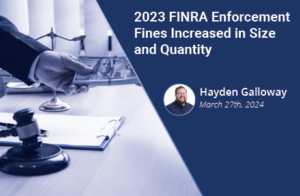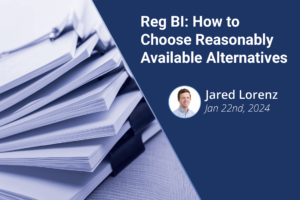January 22nd, 2024 | Robert Batt, Client Success Manager, CapitalROCK
The most recent proposal from the U.S. Department of Labor (DOL) issued on October 31, 2023, is another step to define and refine the concept of “who is an investment advice fiduciary under the Employee Retirement Income Security Act (ERISA)” (1). The DOL’s stated purpose (according to their bulletin published the same day) of this is designed to “protect retirement investors by requiring trusted advice providers to adhere to high standards of care and loyalty when they make investment recommendations, and to avoid recommendations that favor their own financial interests at the expense of retirement savers.” (1)
From an industry point of view, this will expand the scope of who is considered fiduciaries. Additionally, the DOL also indicated their desire to streamline how to manage conflicts of interest through amendments provided to the class prohibited transaction exemptions (PTEs).
This article will touch on the history, proposed changes, and potential impacts of this new regulation, should it move forward.
History
For nearly fifty years, there have been regulations attempting to address this very question of who a fiduciary is. Beginning in 1975 with the enactment of the Employee Retirement Income Security Act (ERISA). During this time, the common type of plan was defined benefit plans, i.e., pensions.
As many of you know, this journey takes us back to the application of the Employee Retirement Income Security Act of 1974 or ERISA and the DOL’s adaptation of the Five-Part Test.
To be considered a fiduciary for giving investment advice under the existing guidelines, the DOL and Internal Revenue System (IRS), an advisor must answer “yes” to all the following:
Existing Five Part Test:
1. Will the advisor render advice to the plan, plan fiduciary, or IRA owner as to the value of securities or other property, or make recommendations as to the advisability of investing in, purchasing, or selling securities or other property?
2. Will the advice be given on a regular basis?
3. Is the advice given pursuant to a mutual agreement, arrangement, or understanding with the plan, plan fiduciary or client?
4. Will the advice serve as a primary basis for investment decisions with respect to plan?
5. Is the advice individualized based on the particular needs of the plan or IRA?
Proposed Changes
The investment advice and retirement plan landscape has changed significantly over the last fifty years. With a shift from defined benefit plans to defined contribution plans and an increase in the various businesses/individuals providing services to clients, the DOL appears to feel that it is time to revisit the guidelines and scope of the definitions and accompanying rules.
The DOL’s continuous attempt for the industry to act in the client’s best interest, and from an industry perspective to allow firms to compete on a level the playing field, the new rule will replace the Five-Part Test with the following guidelines (1):
- the provider provides investment advice OR makes an investment recommendation to a retirement investor,
- the advice or recommendation is provided for a fee or other compensation, and
- the financial services provider makes the recommendation in the context of a professional relationship in which an investor would reasonably expect to receive sound investment recommendations that are in their best interest:
- the provider has discretion over investment decisions for the retirement investor;
- The provider makes investment recommendations to investors on a regular basis as part of their business, and the recommendation is provided under circumstances indicating that the recommendation is based on the particular needs or individual circumstances of the retirement investor and may be relied upon by the retirement investor as a basis for investment decisions that are in the retirement investor’s best interest; or
- The provider states that they are acting as a fiduciary when making investment recommendations.
Anything Else? But of Course.
- As a result of remodulating the Five-Part Test, the new proposal includes a previous DOL desire to require fiduciary label for guidance on rollovers. The potential impacts would include 1) the recommendation to rollover and 2) the corresponding suggestions on how those rollovers are to be invested at the back end.
- Availability of PTE 2020-02. As it stands now, compensation for advice that normally that be a “no-no” under ERISA, would be allowed if it met certain conditions and was still in the clients’ best interest. Under the new proposal, the exemption includes potentially expanding the exemption to certain providers and clarification of the documentation and disclosure requirements. This widely used exemption is not expected to change much.
- Let’s Not Forget PTE 84-24. When it comes to the exemptions on transactions for independent insurance agents selling non-security-based annuity or insurance products, the DOL has deemed that this exemption will only be available to agents who are contracted with 2 or more unrelated insurers/carriers. This is one of the more dramatic changes in the proposal as it removes the availability of this exemption for investment advice transactions, which can now use the PTE 2020-02 exemption.
What Does This Mean?
Well, first, this is still just a proposal, nothing is written in stone (yet), but still bears weight as it highlights areas that the DOL and other regulators have tried to focus on at various times in the past. As the scope and landscape of financial services change, the DOL and other regulators are likely to follow up with new guidelines and rules.
As stated earlier, “leveling the playing field” through redefining who is a fiduciary, seems to be a focal point and there is a lot of discussion as to the best way to do it. If the past is any indication, the conversation may not be over as there has been an exceedingly high response and dialogue to the timing and content of the proposal by various industry players.
Time will tell as to what ends up being included in the new “rule,” but now we wait.
Resources:
https://www.govinfo.gov/content/pkg/FR-2023-11-03/pdf/2023-23781.pdf
https://www.proskauer.com/blog/game-of-tomes-a-guide-to-the-dols-retirement-security-rule-proposal
The material contained in this communication is informational and general in nature. The material contained in this communication should not be relied upon or used without consulting appropriate legal or financial representatives to consider your specific circumstances. This communication was published on the date specified and may not include any changes in the topics, laws, rules, or regulations covered.






